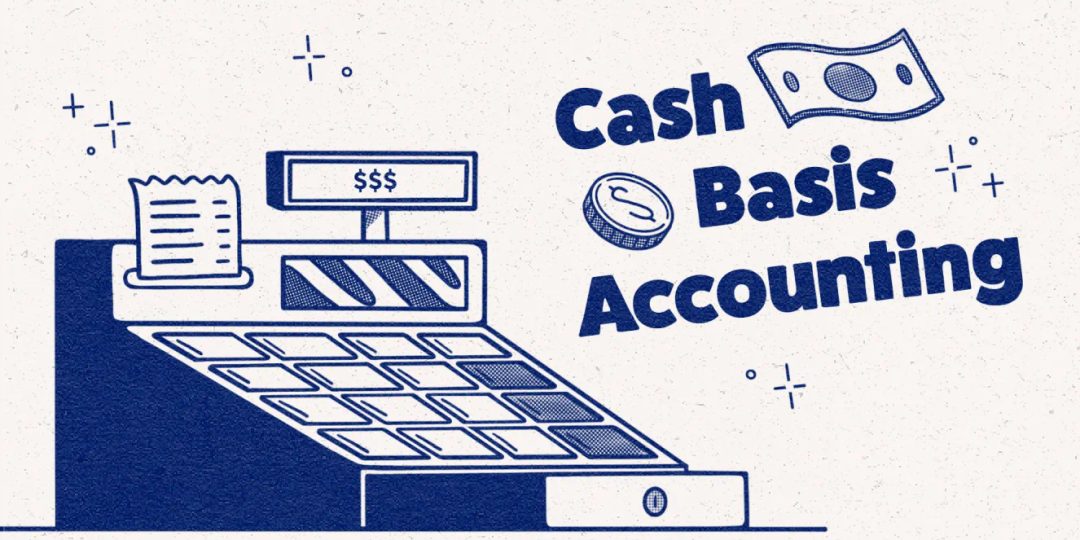If you’re envious of other individuals’s flair for conserving– while many months you lose– a spending plan is a must.
There are numerous methods to structure a spending plan, however among the easiest strategies is complying with the 50-30-20 policy. It’s an uncomplicated and hassle-free means to manage your expenses, have some enjoyable and still tuck away some cash money for your long-lasting monetary objectives.
What Is the 50/30/20 Spending plan Policy?
At its core, the 50-30-20 policy splits your earnings right into 3 distinctive groups:
1. Requirements
2. Needs
3. Financial Savings
The numbers 50/30/20 in this spending plan policy describe the portions of earnings that you assign to requirements, desires and financial savings, specifically. This department develops a clear delineation of where your cash ought to go every month.
Beginning by determining your internet month-to-month earnings after tax obligations. After that, assign 50% to cover vital requirements such as real estate, food, transport and energies. Mark the following 30% for optional investing on desires, like enjoyment, eating in restaurants and traveling. Lastly– and most importantly– allocate the continuing to be 20% for long-lasting financial savings, consisting of payments to pension and financial debt settlement.
The 50/30/20 policy makes budgeting much less of a duty. It gives a basic yet reliable means to handle your everyday costs, enable guilt-free investing on optional things reasonably, and urge conserving for the future.
Damaging Down the 50/30/20 Budget Plan
Unsure which of your costs are thought about requirements vs. desires, or what to do with your newfound stock of cash money? Below’s a run-through of some typical expenses and just how to divvy them up for the 50/30/20 policy– plus a variety of choices for the financial savings group.
Requirements (50%)
- • Real Estate: Regular monthly lease or home loan repayment, apartment costs and/or real estate tax, if relevant
- • Energies: Heat/air conditioning, power, water, phone, net
- • Groceries: Food things bought from grocery stores, greengrocers, specialized merchants, big-box shops or online (dish preparation solutions are desires)
- • House and individual things: Cleansers, toiletries, drugs, and so on
- • Transport: Public transportation, taxi/rideshare, and/or gas, upkeep, vehicle parking and automobile insurance policy if you have a car
- • Clothing/shoes: Fundamentals just, such as damaged things that require to be changed (unimportant garments things are listed here)
- • Minimum month-to-month financial debt settlements: Consisting of vehicle loan, trainee financings, individual financings, credit lines and charge card
If you can not presently cover your vital month-to-month expenses with 50% of your take-home pay, take into consideration these techniques to minimize expenses in this group:
- • Transfer to a much more inexpensive location, scale down living setups or obtain a roomie.
- • Change the thermostat prior to you leave home, solution soppy taps, and so on, to reduced energy/water usage.
- • Discuss a price cut on your phone/internet solutions or discover an additional company with much better prices.
- • Strategy dishes prior to you grocery store store to make the most of sale things and decrease food waste.
- • Usage public transport or carpool, ideally, rather than having a cars and truck.
- • Do garments swaps with loved ones.
- • See if you can combine your financings to obtain a reduced rates of interest.
Needs (30%)
- • Home Entertainment: Cable/streaming solutions, films, performances, showing off occasions, cinema
- • Health club memberships/subscriptions: Consisting of dish preparation solutions, publications, and so on
- • Eating out: Restaurants/bars/cafes, takeout, food distribution solutions, and so on
- • Purchasing: Excessive garments and footwear (consisting of developer tags), technology gizmos, presents, fashion jewelry, watches
- • Travel/vacations: Over night journeys, household holidays, and so on
While it is necessary to delight in life, focus on desires deliberately to guarantee they line up with your monetary objectives. Seek methods to fit your rate of interests without spending beyond your means, such as locating totally free or affordable tasks in your area or terminating solutions or subscriptions you do not make use of routinely.
Savings/debt settlement (20%)
- • Produce a reserve.
- • Add To an Individual Retirement Account, 401( k) or various other retired life financial savings account.
- • Repay charge card or various other rotating financial debt.
- • Make added home loan (or various other finance) settlements.
- • Buy a varied, well balanced profile that matches your resistance to take the chance of.
If you’re attempting to choose which of the above to focus on, consider what will certainly provide you one of the most value. For instance, routinely adding to a reserve in a high return interest-bearing account will certainly pay you an affordable rates of interest on your down payments. It might additionally maintain you from needing to handle high-interest financial debt when unanticipated costs go along.
Likewise, take into consideration just how much you would certainly conserve in yearly rate of interest by repaying a bank card, trainee finance or home loan, and contrast that to the most likely ordinary yearly returns of various other conserving or financial investment items. And make sure to make the most of any type of contribution-matching program your company supplies on retired life financial savings– it’s tough to defeat a 100% price of return!
Just How To Utilize the 50/30/20 Budget Plan Policy
Beginning by taking a look at your present investing routines and producing a listing of all your month-to-month costs. After that, different them right into wants and needs, and build up each team independently to see your overall investing for every group. Next off, compute your month-to-month earnings, in addition to the matching target quantities under the 50/30/20 policy.
50/30/20 spending plan policy instances
Right Here are a couple of instances of the 50/30/20 policy monetary malfunctions at numerous revenues:
Web (after tax obligation) month-to-month earnings | 50% Requirements | 30% Needs | 20% Financial Savings |
$ 2,000 | $ 1,000 | $ 600 | $ 400 |
$ 3,000 | $ 1,500 | $ 900 | $ 600 |
$ 4,000 | $ 2,000 | $ 1,200 | $ 800 |
$ 5,000 | $ 2,500 | $ 1,500 | $ 1,000 |
Lastly, see just how your present investing come up to the targets, and try to find methods to cut down as required (as clarified over).
Bear in mind that these numbers are simply a standard– they can be fine-tuned to fit your scenarios. For instance, those with really reduced revenues or that live in locations with an extremely high price of living might discover they require to invest greater than 50% of their month-to-month earnings on needs. Because instance, you may require to decrease your desires and financial savings total up to 20% and 10%, specifically.
Considered that the individual financial savings price in America is presently under 4%, also a customized variation of the 50-30-20 policy might go a lengthy means towards enhancing your monetary future. 1 So consider the policy as a beginning factor, or an objective to pursue, however do not hesitate to adjust the portions to benefit your scenarios and phase in life.
Policy Your Financial Resources!
One of the most vital part of any type of spending plan is tracking your investing to guarantee you aren’t living over your methods. So, whether you make use of the 50-30-20 policy as is or discover an additional proportion of investing vs. conserving you can deal with, you can not fail with this easy-to-follow budgeting technique. By focusing on requirements, desires and financial savings in a well balanced way, you can grow healthy and balanced monetary routines and pursue attaining your long-lasting objectives.
Trying to find even more budgeting information?
Individual Money 101: Budgeting Essential
What Is Zero-Based Budgeting and Just How Does It Function?
Knowing to Budget Plan Assisted Her Discover Her Ground
Tamar Satov is a self-employed reporter based in Toronto, Canada. Her job has actually shown up in The World and Mail, Today’s Moms and dad, BNN Bloomberg, MoneySense, Canadian Living and others.
Sources/references
1. USA individual financial savings price. Trading Business economics. Accessed May 30, 2024.


























